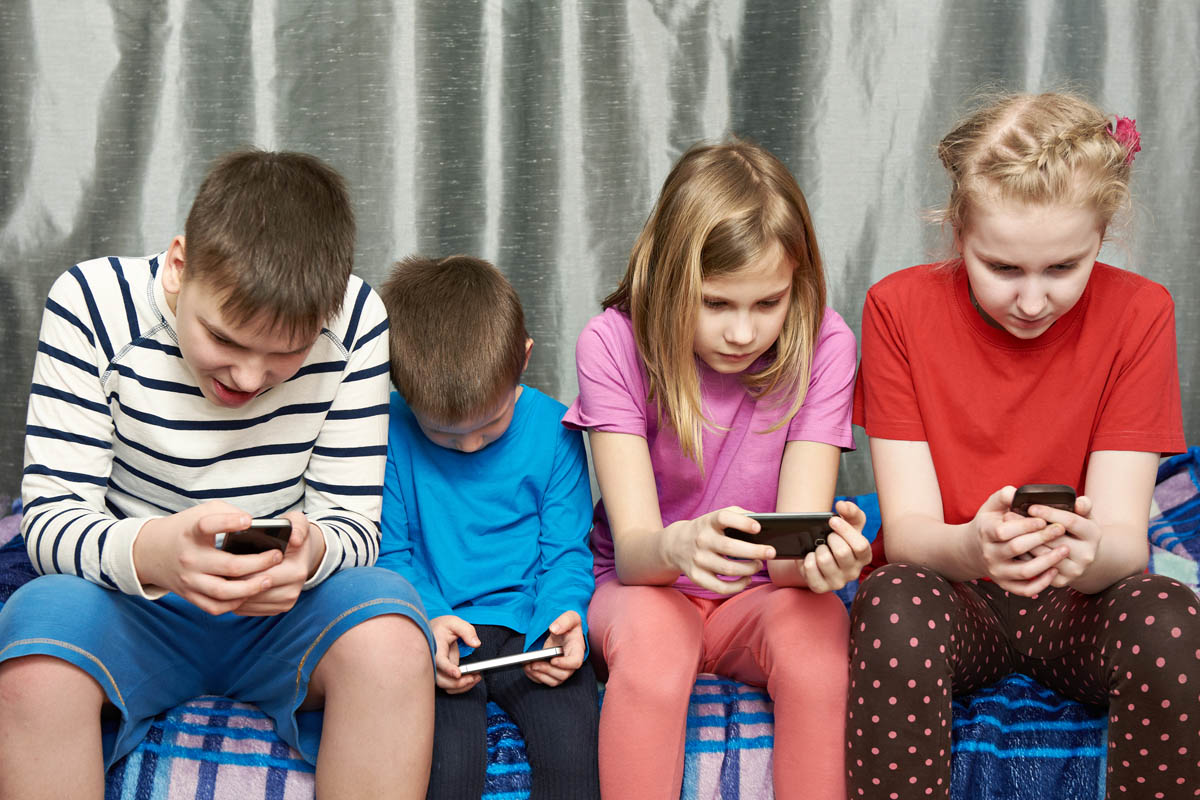Screens have become a powerful tool to communicate, entertain and seek information in the 21st century — connecting us as a global community in a way many never thought possible.
However, most people would agree that it comes as a double-edged sword.
Screen time is often at the expense of social interaction with parents and carers and can lead to language delays, reduced attention spans, lower levels of school-readiness and poorer decision-making.
Long periods of time spent sedentary in front of a screen can also have an impact on kids' physical health, leading to poor posture, short-sightedness (myopia), and hearing problems due to over-use of headphones.1
Excessive screen time has negative consequences across all the key foundations of child wellbeing outlined by the University of Notre Dame’s in their newly released Little People Big Lives report.1
Electronic media use for entertainment should ideally be no more than two hours per day.1 Yet, the majority of primary school aged children (60%) and high school children (85%) exceed these recommendations, spending over four and a half hours every weekday on screens, and going up to six or more hours on the weekends for almost half of kids (49%).1
Whether we like it or not, screens are here to stay. But there are strategies parents can use to make sure kids aren’t spending too much time on them and when they are, that it’s enhancing their development and relationship with the outside world.
Here are 3 tips to help teach your kids healthy screen habits from an early age.
1. Remove screen-silos
We can all picture the scene: a family sits together in a living room, dad watches TV, mum is on the laptop, a young son is playing a video game and a teenage daughter is scrolling through her Facebook feed.
Screen time is typically seen as a ‘solo’ activity. This can have a negative impact on developing kids’ communication and social skills, as well as taking away from the precious moments we spend as a family.1
Make screen time a family activity by spending time playing with them and organising group activities using screens. Show interest in what they’re doing by engaging in a conversation about their game, learn about what they’re watching and why they enjoy it and try to get involved.
The classic movie night is a great way to make screen time a group activity. Get your kids to pick a movie the whole family can enjoy and make a point to put all mobile devices in a bowl in a separate room so nobody checks out.
2. Screen your kids screen time
Screen time should be constructive and positive, contributing to the development of life skills, and help to build empathy for others. Most importantly, it shouldn’t replace real-life activities like playing outside or socialising with friends.
Make sure the time they are spending with a screen is age-appropriate. Age ratings are a good start, but always test the games out yourself before your kids play with them, to be sure they don’t contain violence or adult themes.
Set limits on time and places that your kids can play with screens so they learn how to use devices in moderation.
Try to avoid allowing kids to play with screens in their bedroom, or at least have a curfew on a time when they need to be switched off, to encourage healthy sleep at night.
3. Match online for offline
A great way to give your kids greater balance between the digital and real world is to match their online games with an offline activity.
If your child loves playing soccer games on their tablet, match their online time with a real game of soccer in the park. Match 30 minutes playing ‘Roblox’ with building something with Lego or blocks. Match time spent on a colouring app with some real arts and crafts. The possibilities are endless!
1. Bennett, C et al. 2018. Little People, Big Lives: Foundations for healthy Australian children in the 21st century. University of Notre Dame Sydney. Available online: [link]
https://www.sanitarium.com/au/health-nutrition/kids/big-lives-using-screen-time-smartly





